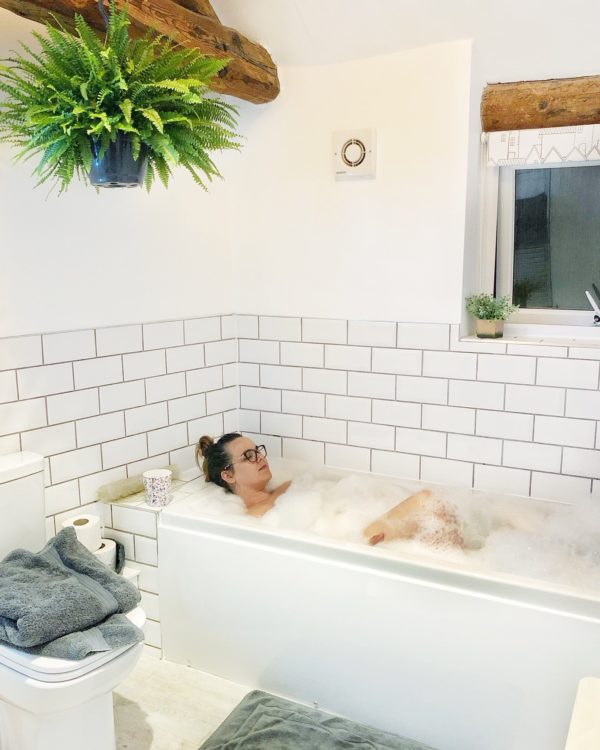Understanding Meditation and Its Benefits
Meditation isn’t just a passing trend; it’s a practice backed by science that can improve your mental health and overall well-being. Discover how to tap into the benefits and understand the essence of meditation.
Defining Meditation and Its Core Elements
Meditation is a practice of focusing your mind to achieve a mentally clear and emotionally calm state. At its heart, meditation revolves around:
- Quiet location: Find a peaceful spot that allows you to relax without interruption.
- Comfortable position: Whether you’re sitting, lying down, or walking, ensure your body is at ease.
- Focus of attention: This could be your breath, a mantra, or a calming sound.
- Open attitude: Let go of judgment and allow thoughts to pass without engaging them.
By integrating these elements into your routine, you build a foundation that supports the practice of meditation.
The Impact of Meditation on Well-Being
Meditation positively affects you in many ways, notably in enhancing your well-being. Regular meditation can lead to:
- Mental Health: You may experience reduced levels of stress, anxiety, and symptoms of depression.
- Overall Well-Being: Meditation can boost happiness and create a sense of peace.
- Focus: It increases your ability to maintain focus, making daily tasks more manageable.
By setting aside time for meditation, you’re investing in your emotional equilibrium and mental clarity, paving the way for a happier, healthier life.
Creating a Meditation-friendly Environment at Home
To successfully meditate while taking care of kids, it’s essential to select a spot conducive to relaxation, and tailor your environment for minimal disruptions for both children and adults.
Choosing a Comfortable Position and Space
When meditating, your comfort is paramount, as it allows you to fully engage with the practice. A comfortable position might be sitting cross-legged on a cushion or perhaps on a chair if that better supports your back. The space itself should be a dedicated area, like a corner of a quiet room where you can lay out a yoga mat or a soft rug. This space should signal to your senses that it’s time to relax and focus. If possible, let natural light in and keep it reserved as your meditation nook, free from toys or household clutter.
Minimizing Distractions for Children and Adults
For Children:
- Engage Their Senses: Have a small basket of quiet toys or books that can occupy your children’s attention while you meditate. These should be activities they can do independently and quietly.
- Routine: Make meditation time predictable by incorporating it into the daily routine, so children know what to expect and when.
For Adults:
- Silence Phones: Turn off or silence electronic devices to prevent auditory interruption.
- Visual Calm: Keep the area visually uncluttered as a busy space can overstimulate your senses, hindering relaxation.
Incorporating these practices helps create a serene environment where you can guide your attention inward, nurturing both your and your children’s ability to find quiet moments of reflection in day-to-day life.
Meditation Techniques for Parents and Kids
Incorporating meditation into your family routine can be a rewarding way to enhance focus and connection. Here are some techniques that cater to both parents and children, easily blending meditation into your caretaking responsibilities.
Breathing Exercises to Involve Kids
Breathing exercises are a simple way for you and your children to start meditating together. They can help improve concentration and teach kids how to manage their attention spans.
- Bubble Breathing: Instruct your kids to imagine blowing bubbles with each out-breath, focusing on taking slow, deep inhales and exhales.
- Color Breathing: Choose a color that represents peace. Encourage your kids to picture that color flowing in with each inhale, and a stressful color leaving with each exhale.
Guided Meditation and Visualization
Engage children with stories and journeys using guided meditation and visualization to captivate their imagination and develop mindfulness.
- The Balloon Ride: Create an adventure where each breath inflates a balloon, and as it rises, the details of the surrounding landscape become more vivid.
- Forest Adventure: Narrate a walk through a forest, describing the sensory experiences and invoking a sense of calm and attentiveness.
Mindfulness Practices and Exercises
Mindfulness practices help cultivate a sense of awareness and focus, beneficial for both adults and kids.
- Mindful Eating: Share a mindful bite during meals where you both focus on the textures, tastes, and sensations of the food.
- Sensory Countdown: Together, notice five things you can see, four you can touch, three you can hear, two you can smell, and one you can taste.
By practicing these meditation techniques, you can build a foundation of mindfulness for kids, while strengthening your own meditation practice amidst the joyous chaos of parenting.
Incorporating Meditation into Daily Routines
Finding moments for meditation can be a rewarding addition to your and your children’s lives, enriching daily routines and bedtime practices with relaxation and mindfulness.
Building a Bedtime Routine
By integrating meditation into your children’s bedtime routine, you create a consistent relaxation practice that can enhance sleep quality. Start with short sessions:
- Duration: Begin with as little as 1-2 minutes of meditation and gradually increase the time.
- Consistency: Aim for meditating at the same time each night to establish a routine.
You can make meditation practice appealing by:
- Listening soothing music or guided meditations designed for children.
- Engaging in breathing exercises that are fun, such as imagining blowing up a balloon or floating like a cloud.
Remember, the goal is to create a calming environment that signals to your child that bedtime is approaching.
Meditative Activities Throughout the Day
Incorporate mindfulness practices during the day to reinforce the idea that meditation isn’t just for bedtime. Some ideas include:
- Taking a few minutes after school to focus on deep breathing together.
- Encouraging your child to draw or write about their emotions as a form of mindful expression.
Incorporating meditative activities throughout the day could look like:
| Activity Type | Meditative Practice | How it Helps |
| Outdoor activities | Nature walks focusing on the senses | Grounding through environmental awareness |
| Daily chores | Mindful cleaning with focused attention | Promotes a sense of calm and accomplishment |
| Leisure time | Coloring or crafting in silence | Encourages relaxation and imagination |
Adopting these practices into your daily routine promotes a lifelong skill for your children that can manage stress and help maintain emotional balance.
Overcoming Challenges and Enhancing Meditation Practice
Meditation with children can test your patience, but it’s a journey that can lead to incredible growth for both you and your kids. The key is to tailor the experience to their energy levels and growing self-awareness.
Dealing with Hyperactivity and Short Attention Spans
Challenges: Kids often exhibit hyperactivity and short attention spans, which can make the sedentary nature of meditation seem daunting.
- Strategies for Enhanced Focus: Start with short, simple sessions. Aim for a few minutes of quiet time and gradually increase as they become more comfortable.
- Fun with Breathing: Turn breathing exercises into a game. Inhale through the nose and pretend to blow out a candle on the exhale, or inflate imaginary balloons.
- Move to Meditate: Incorporate movement with yoga or walking meditations. This helps channel their energy and holds their interest.
Benefits of Meditation for Kids:
- Better Sleep: A calm bedtime routine with meditation can promote better sleep.
- Enhanced Focus: Consistent practice can lead to improved concentration.
Boosting Confidence and Self-Awareness Through Meditation
Meditation not only calms but also builds self-esteem and self-awareness.
- Compliment Their Progress: Acknowledge your child’s efforts and achievements in meditation to boost confidence.
- Self-Reflection: Encourage them to express how they feel before and after meditation. This fosters self-awareness and validates their feelings.
Meditation Techniques:
- Guided Visualizations: Use storytelling to guide them through a visual journey.
- Mindful Listening: Play soothing sounds or music and ask your kids to focus on what they hear.
By integrating these practices into your routine, you create a supportive environment for meditation that nurtures both focus and self-growth.




